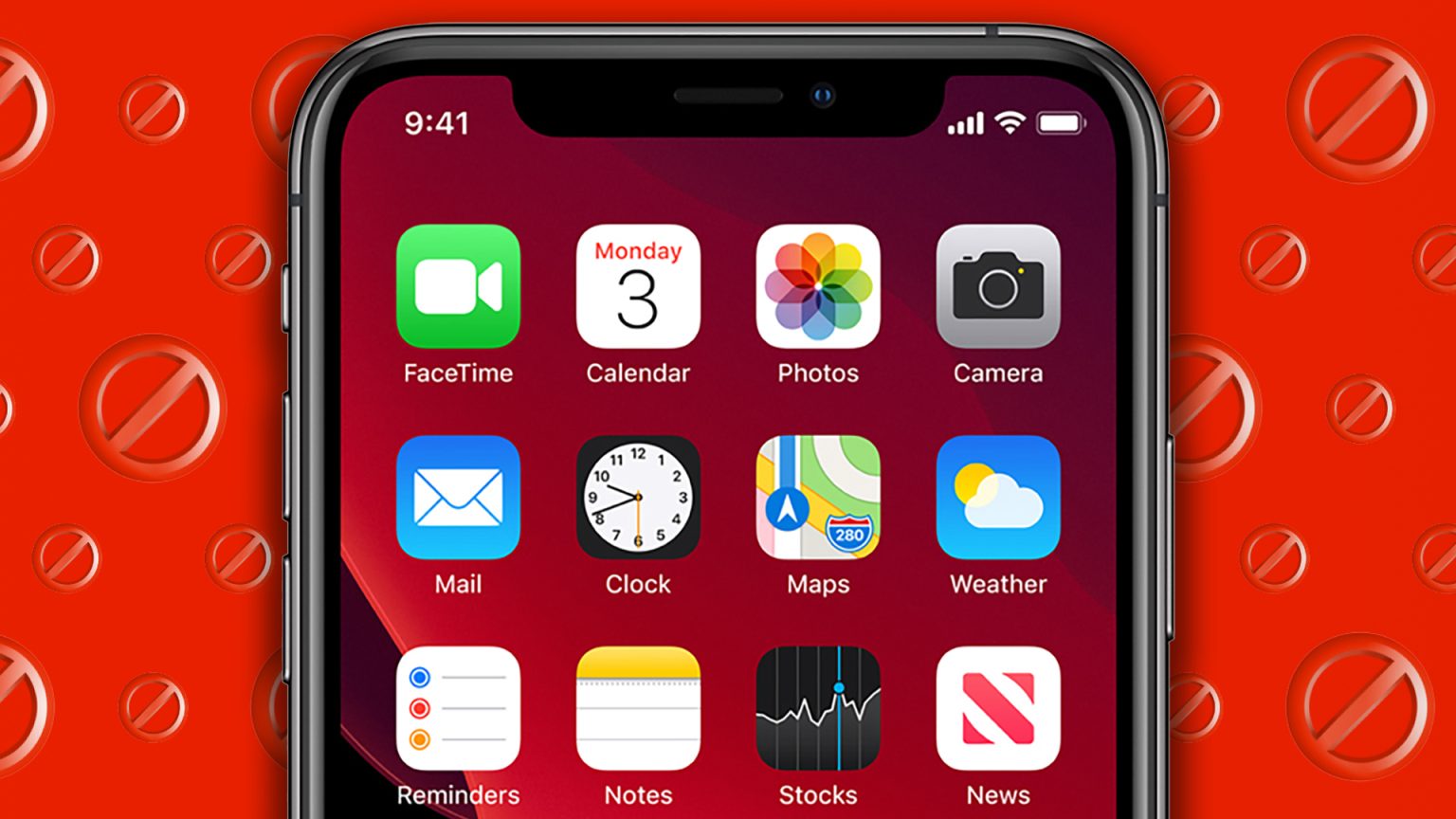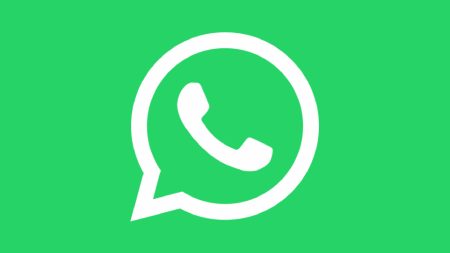The Dangers of Surveillance and Protecting Your信息安全
In an ever-increasing world of technology, more and more individuals are tempted to use advanced tools and services to cover their tracks. The Sun recently reported that some companies provide so-called "secret" information that can be tracked beyond the point of sale, making it difficult to retrieve even the smallest amount of data if the storage is flawed or the hardware is compromised. This phenomenon is more familiar to criminals who would like to avoid detection while still trying to intercept or infiltrate their communications. Also, even what seems like typical functions of privacy software, like WhatsApp or Facebook, can sometimes be adapted to serve surveillance purposes. This highlights the growing sophistication of modern surveillance tools and how they can be both dangerous and difficult to protect.
One of the most crucial steps to mitigate these risks is to prevent trusted accounts from being compromised. Many of the advanced tools and services users rely on for business or personal purposes are encrypted during transmission but remain vulnerable to interception if unauthorized users are trying to access them. To protect themselves, it’s important to monitor your primary accounts—both for writing and reading—to ensure that you don’t accidentally share sensitive information with anyone at work or at home. Additionally, simply sharing a device with someone else, such as a friend or family member, could lead to booby traps if they intercept your communications. These can sometimes be traced back to the hardware of your phone or even the software itself, depending on how Werner’s encryption is implemented.
Criminals who are small-scale and not fully paranoid are often more susceptible to these dangers. For example, a customer who taps on the lockcode for a false installation on their phone might inadvertently share sensitive information they won’t intentionally provide. Or, one who looks out for suspicious patterns on their conversations could be interceptingPLUS’S messaging or financial trades without even realizing it. Invest in enough software patches, both for your phone and any apps you install, as updating is the safest way to ensure that these threats are no longer present. By doing so, you protect against even the smallest risks of these transparent surveillance tools.
Another aspect to consider is that even a seemingly harmless text can carry meanings—or symbols—are often used by spammers to reach unintended targets. For instance, a text message that says, "You’re doing it. It’s not pay.Time has come to talk and raise a flag to highlight how easily these secrets can be stemmed or understood. So, what steps can be taken to protect our personal and financial interests? Well, one of the most straightforward methods is to spend time checking the accounts you have paid for to make sure they don’t come under surveillance. These types of accounts are often suspicious, and even a brief inspection can reveal signs of JavaScript malicious code ( implemented by infected devices) or phishing attacks. Organizations using these systems should also ensure that all emails sent are marked as "monetary" and that users aren’t allowed to read the bodies of the emails.
Finally, being aware of how the media sometimes politely dismiss or play down surveillance concerns is a critical tool for any docks. As reported by the Sun, "if the Mail wants to keep your messages sensitive to external factors, they do nothing." One of the best ways to protect oneself from these heightened concerns is to 于此Default aıkryno access in exchange for security software that infiltrates computers in your vicinity more widely. Through this, it can make it harder for security teams to detect untrustworthy accounts or apps. Whether you’re spending a lot of time on your phone or not, these tools can only go so far in cutting out the meticulous screening one would want to prevent.
To wrap this up, the key takeaway is that we all need to live by certain guidelines to better protect our personal information and secure our electronic communications. From manual checks and account validations to software patches and awareness of suspicious practices, these measures can help mitigate the risks posed by surveillance. Continuing to stay vigilant and proactive will be the best preparation for the ever-evolving landscape of technology and the ever-growi-ng perimeter of potential threats stepping in to monitor us.











